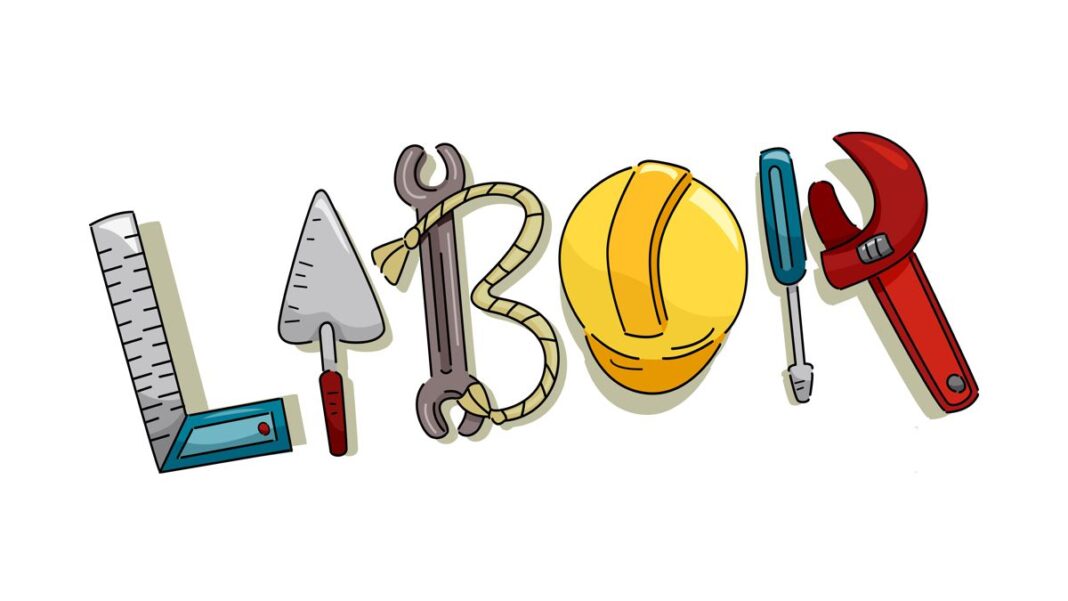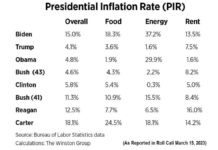The findings reported here show that the labor force participation rate — the share working or looking for work — of U.S.-born men of working-age has declined for six decades in nearly every state, especially for men without a bachelor’s degree. While participation has roughly returned to pre-pandemic levels in most states, the rate in 2019, before Covid, was extremely low by historic standards. Because they are not actively looking for a job, those out of the labor force are not counted as unemployed. As discussed in a much larger companion report that looks at trends nationally, the causes for the fall-off are much-debated. But there is agreement that the decline contributes to serious social problems, including suicide, crime, drug overdoses, and welfare dependency. Drawing some of the tens of millions of working-age Americans on the economic sidelines back into jobs should be a national priority, but many political leaders, including in states where the decline is very large, instead advocate bringing in more immigrant workers.
Among the findings:
- In every state, the labor force participation rate of working-age (16 to 64) U.S.-born men was lower in 2000 than in 1960. In 49 states, except Kansas, the rate declined further from 2000 to 2023.
- The largest declines from 1960 to 2000 were in New York, Alaska, Hawaii, California, New Mexico, Louisiana, Nevada, and Ohio. The biggest declines since 2000 have been in Connecticut, New Mexico, North Carolina, Florida, South Carolina, Georgia, and Massachusetts.
- In 1960, there were 44 states where the participation rate for U.S.-born men (16 to 64) was above 85 percent compared to just five states by 2023. Also, the rate was higher than 80 percent in every state in 1960, but by 2023 this was the case in just 17 states.
- Excluding the young and those who might have retired early, and looking only at U.S.-born men of “prime age” (25 to 54), shows a labor force participation decline in every state from 1960 to 2000 and a further decline in 42 states from 2000 to 2023.
- In 1960, there were 37 states where more than 95 percent of prime-age, U.S.-born men were in the labor force, compared to just one state, Minnesota, in 2023.
- While traditionally lower than men, the participation rate for women (16 to 64) increased dramatically from 1960 to 2000 as women entered the labor force in huge numbers, but since 2000 the rate for women has fallen somewhat nationally and in most states.
- The decline in labor force participation of working-age, U.S.-born men (16 to 64) is most pronounced among men without a bachelor’s, declining in every state from 1960 to 2000 and from 2000 to 2023.
- The average decline in labor force participation for U.S.-born men (16 to 64) without a bachelor’s was nearly 15 percentage points across states from 1960 to 2023, compared to 10 percentage points for U.S.-born (16 to 64) men of all education levels.
- Like their less-educated male counterparts, the participation rate of working-age (16 to 64) U.S.-born women without a bachelor’s has declined nationally since 2000 and in all but one state.
- In general, working-age immigrant men and women do not show a pattern of consistent decline. However, immigrant men (16 to 64) without a bachelor’s do show some decline nationally and in 29 states since the peak in 2006, before the Great Recession.
















































